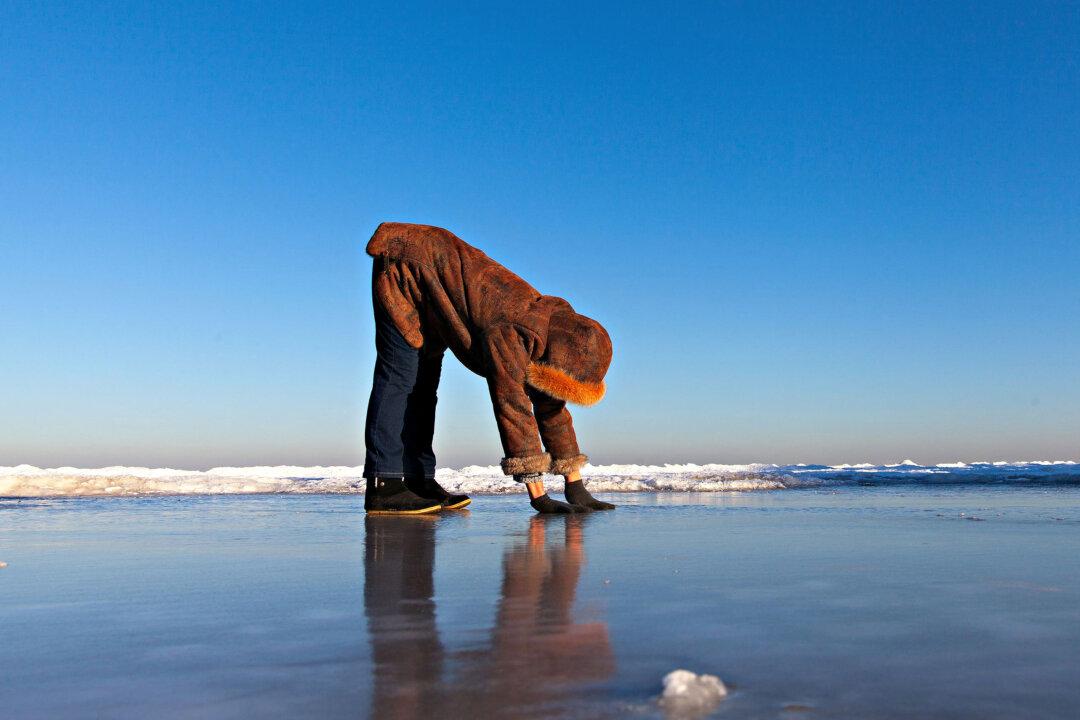Your knees are the workhorse joint of your body. They’re considered to be your body’s shock absorbers. With each step, they absorb one and a half times the weight of your body, and when you run or jump, they absorb much more.
It makes sense that your knees may be the first of your joints to act up as you age. However, knee pain doesn’t have to be a foregone conclusion in your later years. Here are some ways to protect your knees and slow down the effects of aging on them:
1) Keep moving. Exercise helps to strengthen the muscles that support your knees and keeps them loose and flexible.
2) Maintain a healthy weight. An extra 20 pounds or more puts a great deal of stress on your knees. If you’re overweight, know that even small reductions in your weight can make a difference in the health and function of your knees.
3) What you wear on your feet is important. Stable, well-fitting shoes with good support are what your knees want. Flip flops offer no support and can be a direct cause of knee pain. High heels dramatically change your body’s biomechanics, especially that of your knees and legs—and not in a good way.
4) Strengthen the muscles that support your knees. Your quadriceps muscles on the front of your thigh and your hamstrings on the back are involved in the bending and straightening of your knee. These muscles run from your pelvis to below your knee. Strengthening those muscles plays an important role in preventing knee pain. Research has documented that increasing the muscles that support your knees can be as effective as surgery in treating some cases of knee pain. You can get help in finding the right strengthening program through a physical therapist or athletic trainer.
5) Mix high- and low-impact exercises. While exercise is good in keeping your knees healthy, high-impact activities can wear down cartilage, the fibrous connective tissue that acts as a cushion between your bones. High-impact exercises, such as tennis, basketball, running, jumping, and some cardio exercise classes help to maintain strong bones, but they can also prematurely age your knees. What to do? A good strategy is to combine some higher impact activities with less bone-jarring exercise, such as cycling, walking, or swimming to keep your knees moving and muscles strong without adding unnecessary wear and tear on your cartilage.
6) Maintain the range of motion in your knees. This means the ability to both straighten and bend your knees to their full capacity. Putting your knees through their range of motion paces helps avoid stiffness and loss of mobility as you age.
7) If you need to kneel, do so on a soft surface or cushion. Kneeling for extended periods of time on a hard surface can irritate or damage the bursae, the small gel-filled protective cushions in your knees.
8) Avoid standing on hard surfaces or squatting for long periods of time. Both are a recipe for knee pain and damage.
9) Keep your knees healthy through your diet. Eating lots of vegetables, whole grains, and light proteins such as fish, and avoiding processed foods and saturated fats will help keep inflammation at bay.
10) Don’t ignore knee pain. Think about acupuncture or physical therapy when it comes to pain in your knees. Researchers have documented that acupuncture can be an effective treatment for many types of knee pain. It works by decreasing inflammation in the area, increasing circulation, and relieving pain. If you’ve injured a knee, acupuncture can also help speed up the healing process. And physical therapy is a great way to strengthen your legs, increase your flexibility, and keep your knees moving.
The bottom line is that your knees will age as you age. However, with some care and a little movement, you increase the likelihood that your knees will stay healthy and functional as you get older.
Lynn Jaffee is a licensed acupuncturist and the author of “Simple Steps: The Chinese Way to Better Health.” This article was originally published on AcupunctureTwinCities.com





